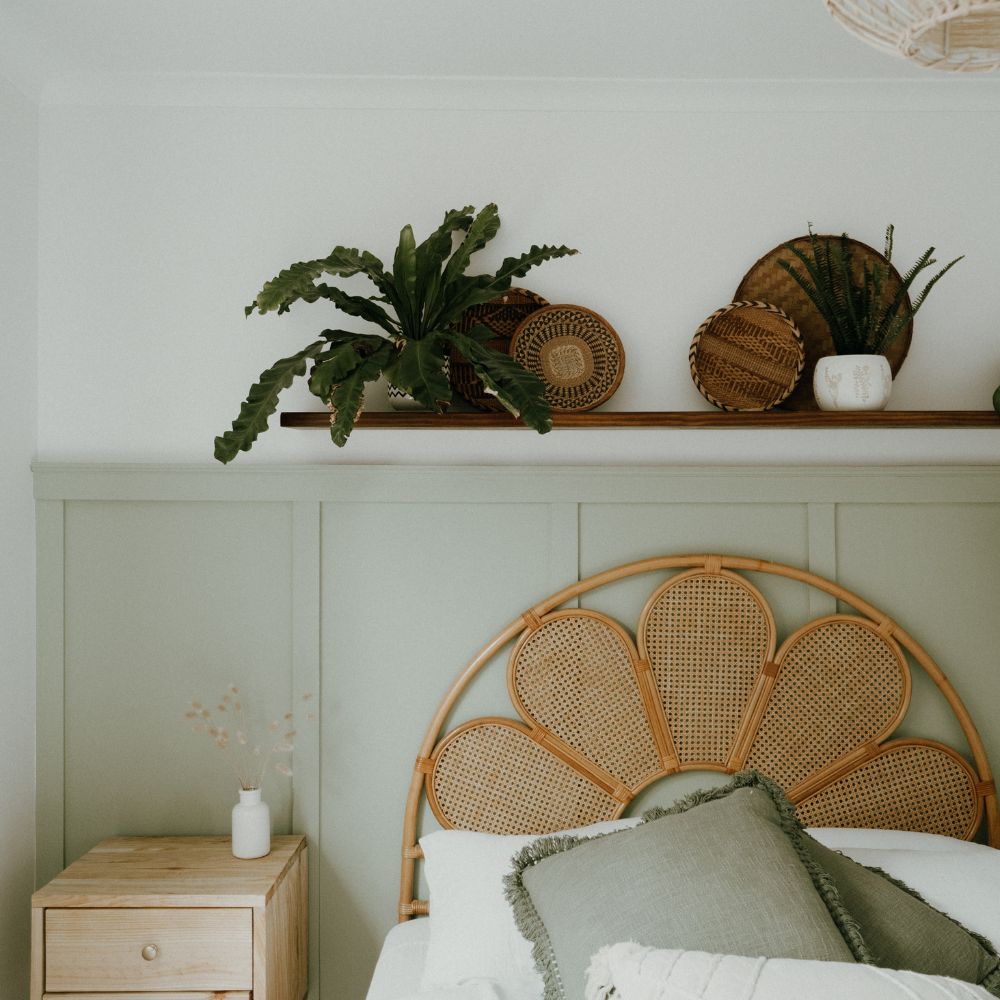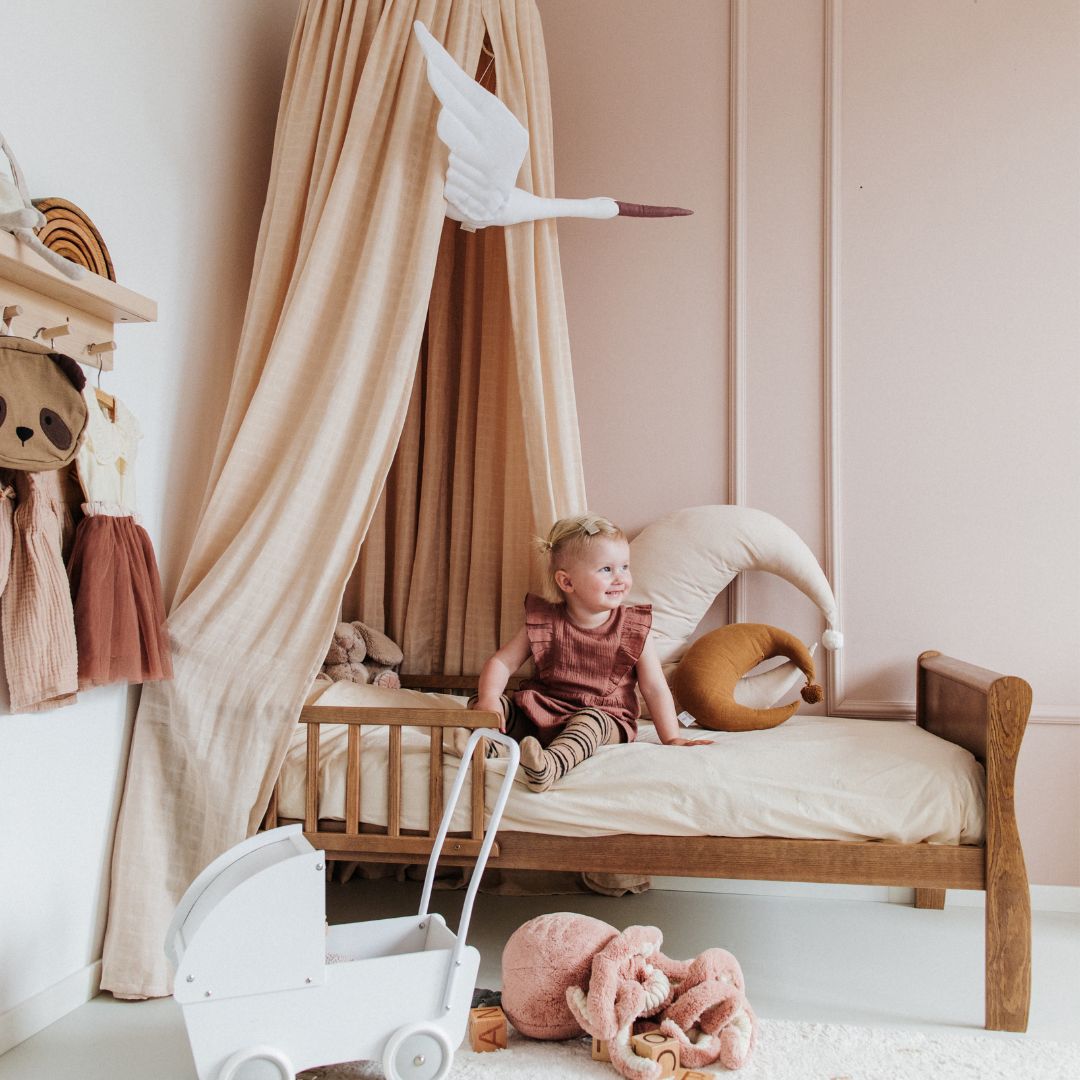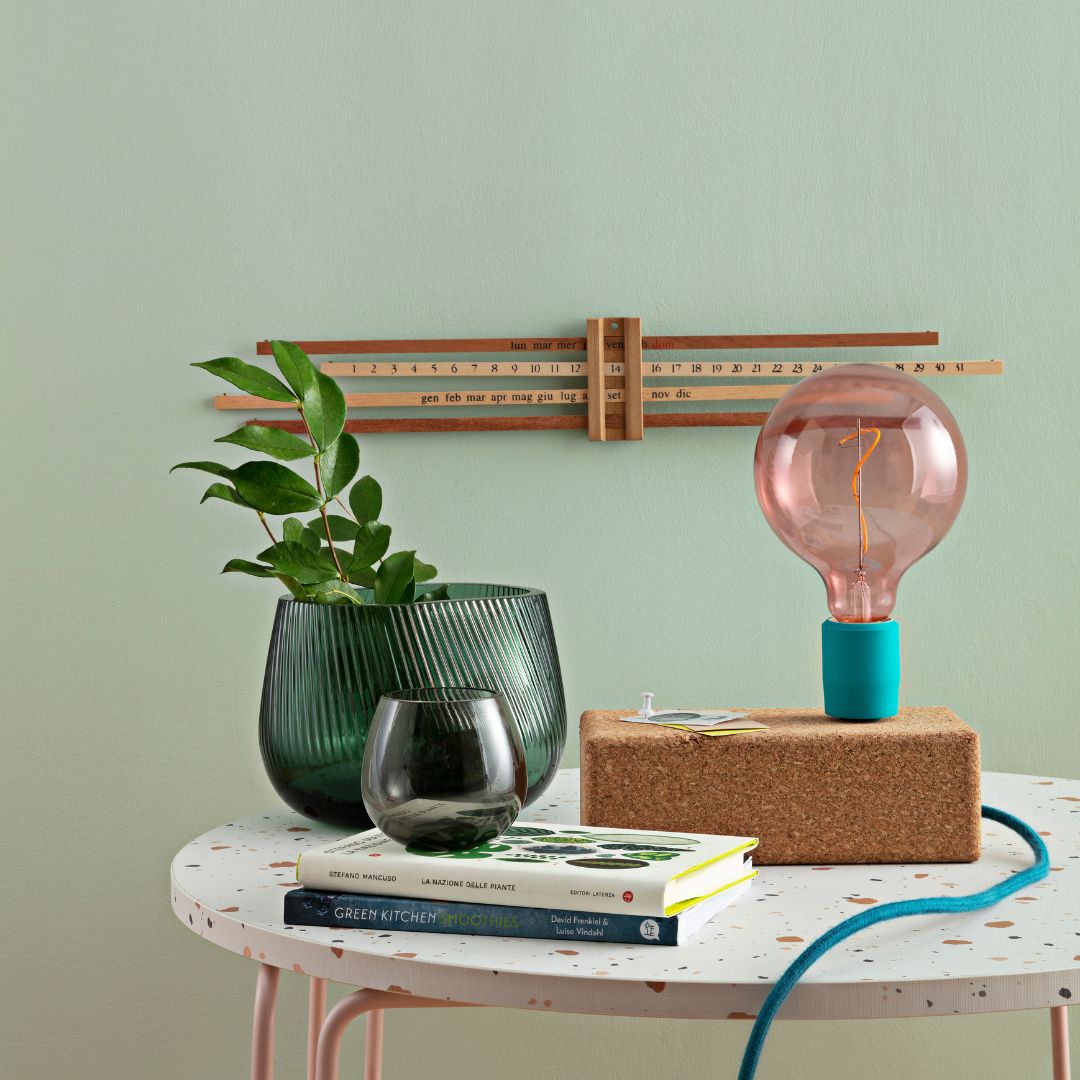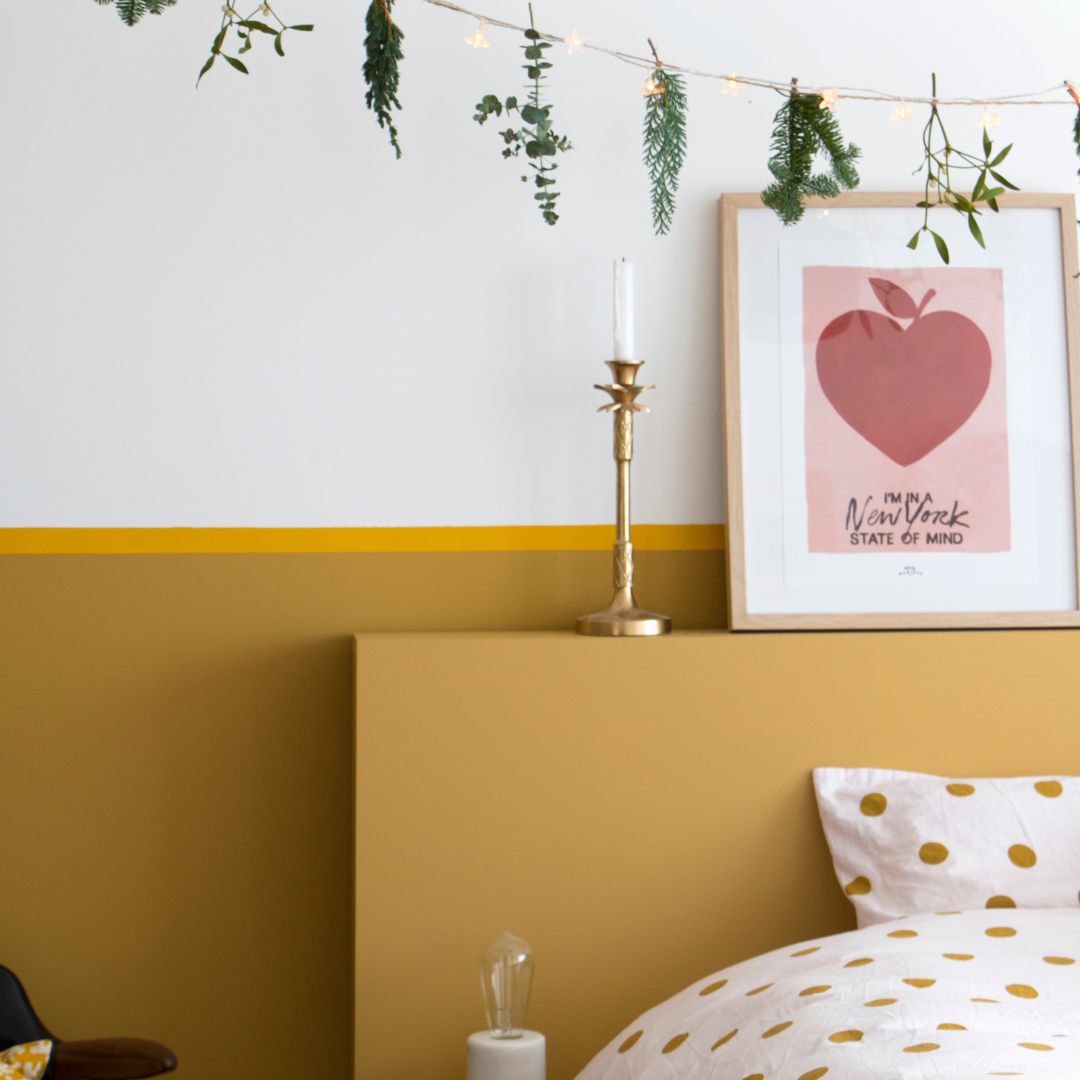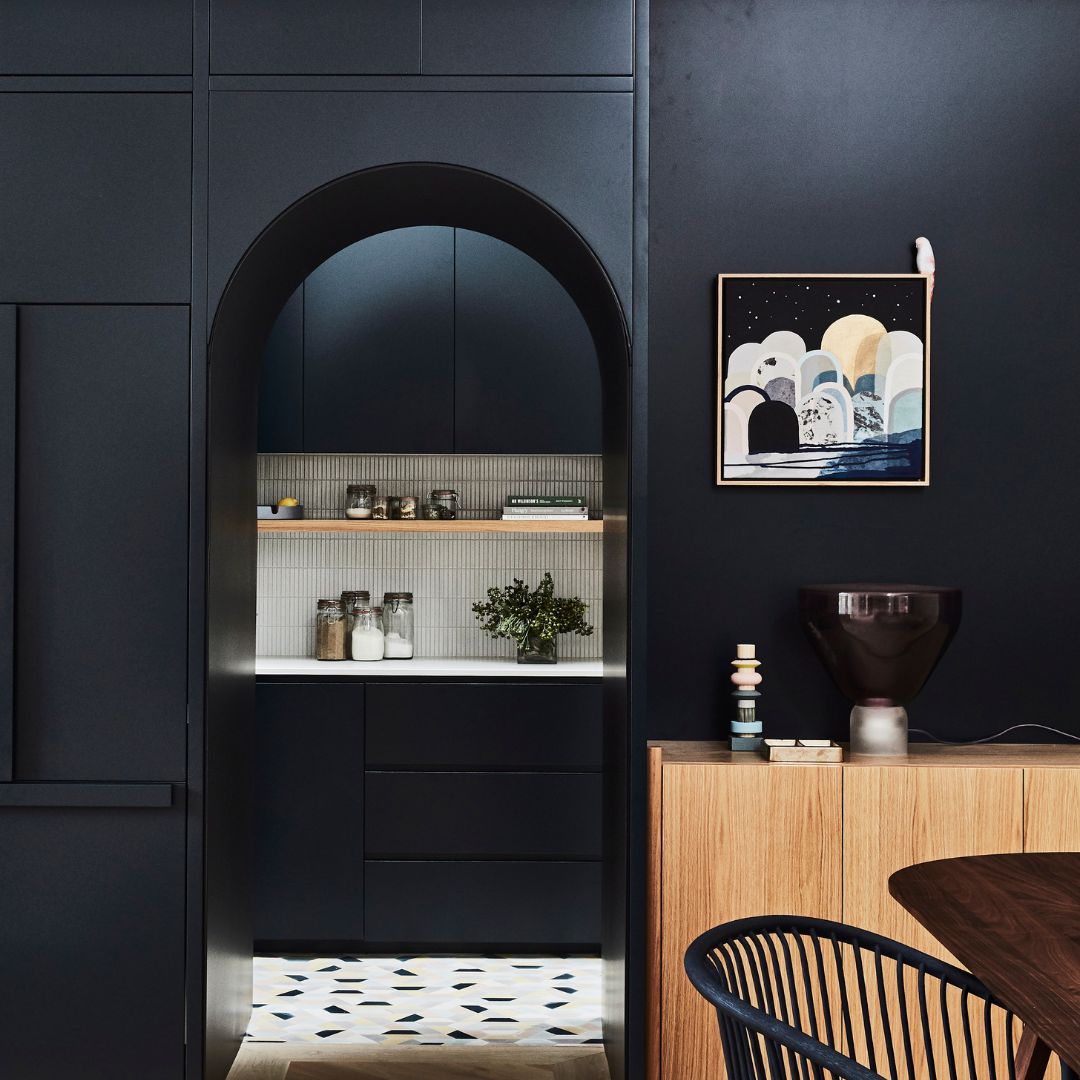Once you've started a project, it can be hard to get carried away and the drying time between coats of paint can seem long. However, it's important to let each coat of paint dry thoroughly to achieve the best results and avoid the risk of undoing everything you've done so far.
Why wait between coats of paint?
Respecting the drying time indicated on your paint can is essential: drying has an impact on the paint's adhesion. In fact, the drier the paint, the easier it will be to apply the next coat.
It is essential to let your coat dry thoroughly before considering continuing to paint, this is also the case when you are at the undercoat stage . Your surface will absorb part of the undercoat and feed on the different components of the paint, so do not plan to apply your top coat of paint directly at the same time as you risk your surface not being ready.
The same goes for between coats of topcoat paint : if you paint over paint that is still wet or not completely dry, you risk causing bubbles or blisters to appear ... You would then have to start all over again!
So trust the recommended drying time and don't let your senses play tricks on you: to the touch , your paint may quickly appear dry on the surface while it takes longer to dry completely inside.
How long between coats?
Drying time varies depending on the paint used. For example, with acrylic paint , it takes between 1 and 2 hours between each coat and 6 hours for complete drying. Conversely, glycero (oil) paint takes longer to dry: you have to wait between 6 and 8 hours between coats and up to 24 hours for it to be completely dry.
At Algo, we recommend waiting 12 hours between coats to ensure you get the best results.
In any case, remember to first apply a primer to your surface. Then, two coats of finishing paint should be sufficient.
How to reduce drying time?
A well-prepared support
As we explained in a previous article , preparing the surface is essential. For your paint to adhere and dry properly , the surface you are painting must be perfect. So don't neglect the various stages of washing, coating, and sanding.
A well-mixed paint
Before you start painting, make sure you've thoroughly mixed your paint in the pot. Don't hesitate to use a mixer to ensure the texture is as even as possible. This will allow you to thoroughly mix the different components, including the heavier ones that tend to stay at the bottom. Poorly mixed paint can result in an imperfect or even sticky finish , so it's best to avoid this problem!
Good ventilation
To help your paint dry, make sure your room is well ventilated . Open the windows before starting work and make sure to close them during application to avoid creating drafts and to avoid at all costs the movement and deposit of dust on your wall or ceiling while it is drying.
Favorable weather conditions
The temperature and humidity level in your room greatly influence the drying time of your paint. Ideally, carry out your work when the temperature is between 10°C and 25°C : if you paint at too high a temperature or in direct sunlight, your paint will dry too quickly and may crack, whereas if you paint when it is too cold, your paint may have great difficulty drying or not dry at all. In winter, for example, you can add heating to your room to facilitate drying. If you are painting a surface outdoors, try to avoid carrying out your work in the middle of summer under bright sunshine and, for example, choose spring.
The right humidity level
Likewise, the humidity level of the room is very important. The higher it is, the less your paint will dry. In general, it is advisable to paint when the humidity level does not exceed 50% . If you ever feel that your room is getting humid while you are painting, you can install fans (not directly in front of the wall to be dried but in a corner to avoid the risk of projecting air and dust).
An optimal application
For best results and reduced drying time , apply your undercoat and paint coats correctly: apply coats that are neither too thick nor too thin . If you apply too much paint, you will prolong the drying time and risk seeing bubbles appear, and if you do not apply enough, you will then have to apply an additional coat.
As you can see, the best advice we can give you is to follow the drying instructions printed by the manufacturer on your paint can! This drying time varies depending on several factors, including the type of paint used, the temperature of your room, and the humidity level. A little preparation and, above all, a lot of patience will be your best allies to ensure successful work!
